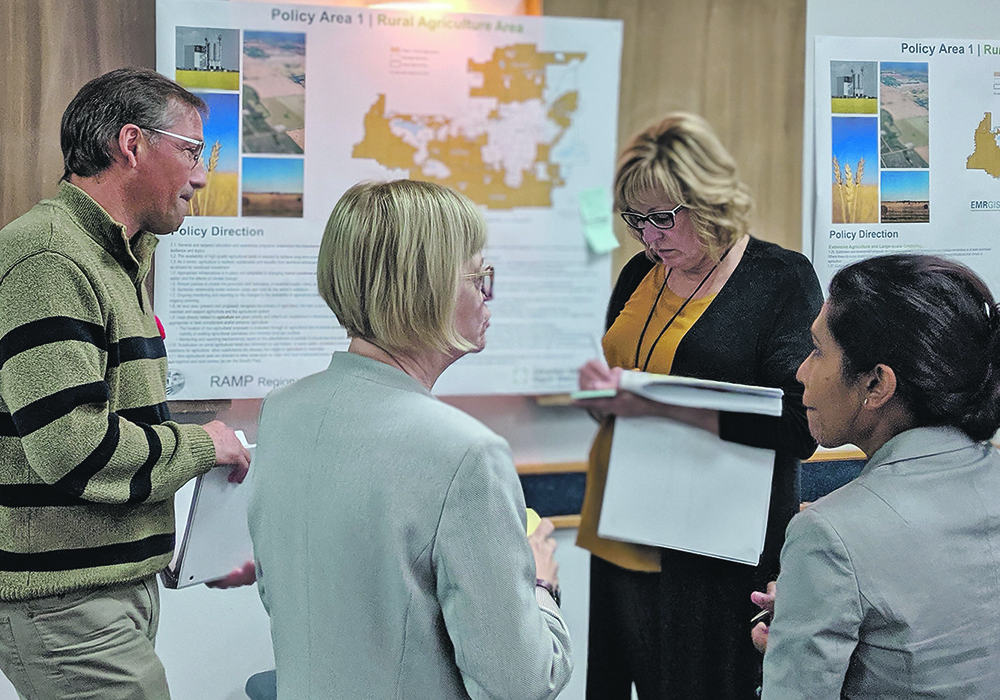The area around Edmonton is prime agricultural land comprising about one-third of Alberta’s black soil zone. Urban sprawl threatens to overtake it.
That has spurred development of the Regional Agriculture Master Plan (RAMP), set in motion by the Edmonton Metropolitan Regional Board.
According to Rod Shaigec, Parkland County mayor and chair of the RAMP Task Force, the plan is designed to protect farmland and also ensure food security given Edmonton’s population is on pace to double by 2042.
“The purpose and the objective of the regional agriculture master plan is to protect and conserve the prime agricultural lands in the Edmonton metropolitan area to ensure that we have an adequate supply of food for to serve the local needs,” said Shaigec.
Read Also

Stacking Canada up on gene editing livestock
Canada may want to gauge how Argentina and other countries have approached gene editing in livestock and what that has meant for local innovation.
The task force includes elected officials from eight of the 13 communities involved, including Parkland County, Leduc County, Sturgeon County, Strathcona County and City of Edmonton.
Other involved communities include the cities of Beaumont, Leduc, St. Albert, Spruce Grove and Fort Saskatchewan, and the towns of Devon, Morinville and Stony Plain.
The provincial and federal governments also have representation on the RAMP task force.
Shaigec said other stakeholders are involved, consisting primarily of producers and others involved in the food industry.
Policy areas include rural agriculture, urban agriculture, agriculture complementary to other uses and agriculture within future transition lands.
“We’re currently engaged with the stakeholders on the second round of consultation, which is bringing forward specific policy frameworks for the policy areas, and just getting their feedback.
“We may make some changes to those policies, based on the comments that we get back from all the stakeholders, but ultimately we’re hoping to have the plan before the board for consideration and ratification in August.”
The plan is three years in the making and the draft was released in May.
“I’m very confident that we will be able to produce a plan that will see our ag lands protected,” Shaigec said. “And I think we have a tremendous opportunity here to become truly a global agricultural powerhouse.”
Ruth Pelech, born and raised in Edmonton, became invested in rural life and farming after starting a relationship with a man from Parkland County. Now she is passionate about local farming in the area.
“I’ve been learning how good dirt is a non-renewable resource and there is a finite amount of it,” Pelech said. “Once it is turned into a housing subdivision or a gravel pit, that is it.”
That’s why she is pleased about the RAMP initiative.
“It has been surprising to me how little attention has been given to saving good farmland and I hope the planning is fruitful in protecting this resource.”
















